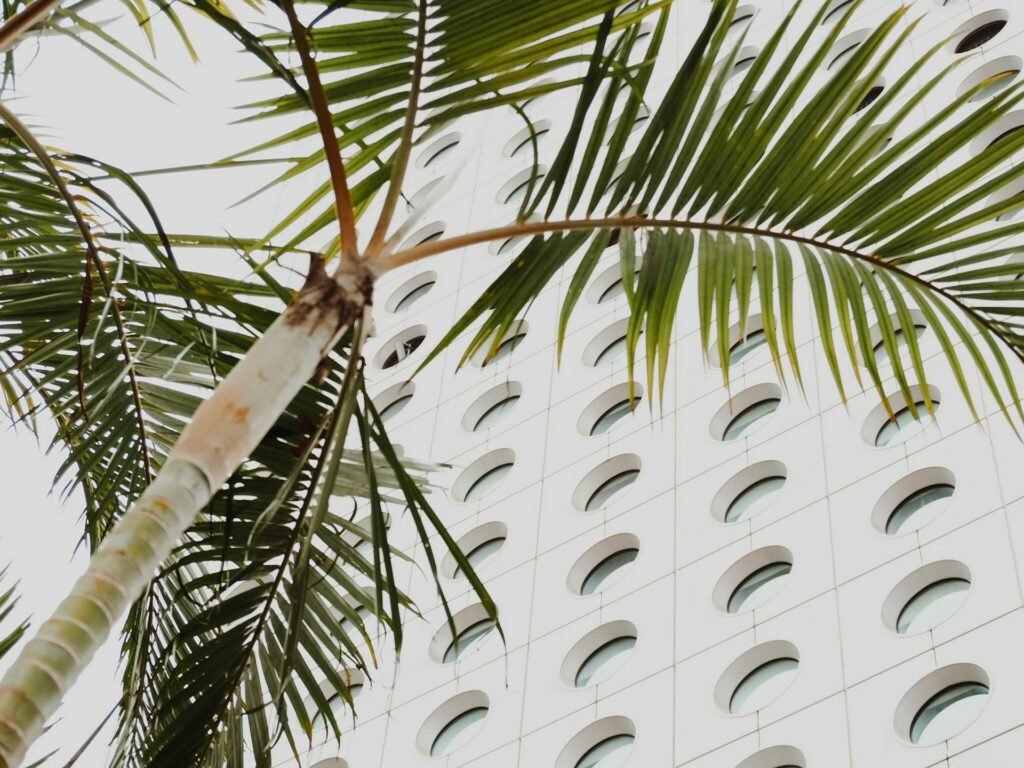Discovering the Flavors of Cheung Chau: A Food Lover’s Paradise
Tucked away in the southern waters of Hong Kong, Cheung Chau is a charming outlying island that has long been a haven for food enthusiasts. With its rich culinary heritage and breathtaking scenery, this tiny gem offers an unforgettable gastronomic experience that will leave you craving for more. In this article, we’ll delve into the must-try local foods in Cheung Chau, exploring their unique features and where to find them.
Giant Fish Balls: A Symbol of Tradition
One of the most iconic dishes in Cheung Chau is undoubtedly the giant fish ball. This oversized snack has become synonymous with the island’s culinary identity, and for good reason – its bouncy texture and flavorful taste have captivated visitors for generations. At Kam Wing Tai Fishball, a legendary stall with over 40 years of history, you can sample these gigantic balls in various flavors, including curry, satay, and spicy. The secret to their success? Fresh ingredients and a traditional recipe passed down through the years.
Sweet Delights: Mango Mochi and More
Cheung Chau’s dessert scene is not to be missed, with its creative fusion of traditional flavors and modern twists. Wan Shing and Ping Kee are two popular spots for mango mochi – a sweet and chewy treat made with fresh mango wrapped in glutinous rice flour. The combination of juicy mango and soft mochi is nothing short of heavenly. But that’s not all – other desserts like peanut ice cream ball, tofu pudding, and taro ball also await your taste buds.
A Symphony of Flavors: Seafood and Street Food
As a historic fishing village, Cheung Chau boasts an impressive array of fresh seafood dishes that will leave you in awe. New Baccarat Seafood Restaurant, located near the ferry pier, is a top choice for Cantonese-style seafood feasts. But if you’re looking for something more unique, head to the night market after sunset and indulge in grilled squid, fried chicken wings, or hand-pulled rice noodles – all freshly prepared by local vendors.
Cheung Chau’s Hidden Gems
Beyond its main attractions, Cheung Chau has a treasure trove of hidden gems waiting to be discovered. Kwok Kam Kee Cake Shop, for instance, is a historic bakery that supplies buns for the famous Cheung Chau Bun Festival and offers them year-round. Try their ping on bun (平安包), filled with lotus seed or red bean paste – it’s a cultural icon of the island.
A Culinary Adventure Awaits
For those eager to explore the culinary depths of Cheung Chau, here are some insider tips:
Best Time to Visit: Weekdays are less crowded than weekends, making it easier to enjoy the food without long queues.
Payment: Most stalls and restaurants accept cash, so bring sufficient Hong Kong dollars.
Transportation: Take the ferry from Central Pier 5 (35 minutes by fast ferry or 55 minutes by ordinary ferry).
As you embark on your culinary adventure in Cheung Chau, remember that this island is more than just a food paradise – it’s an experience that will leave you with lasting memories of its people, culture, and flavors. So come, indulge in the local specialties, and let the charms of Cheung Chau captivate your senses!


